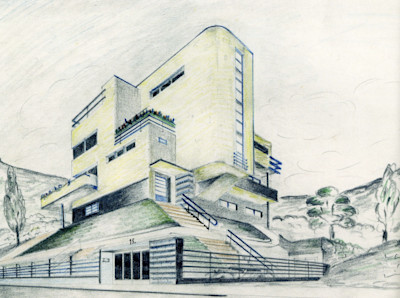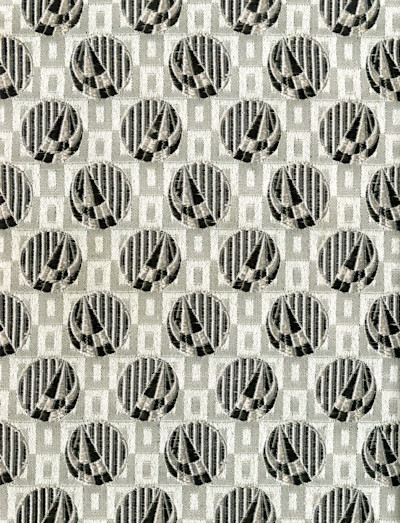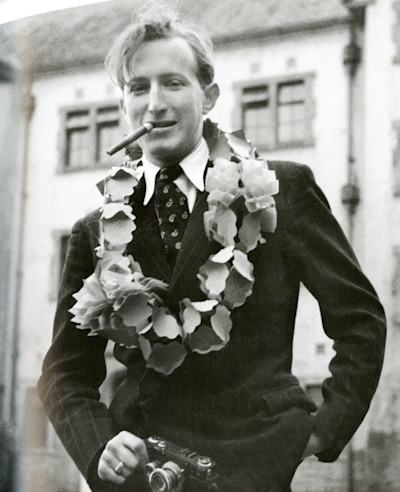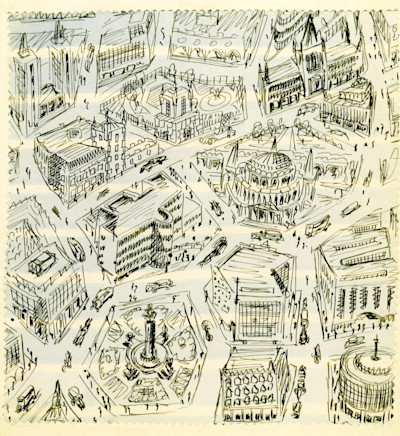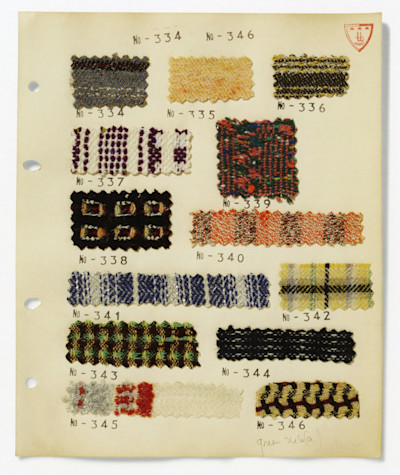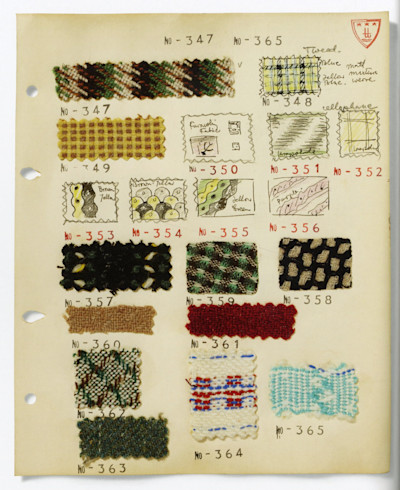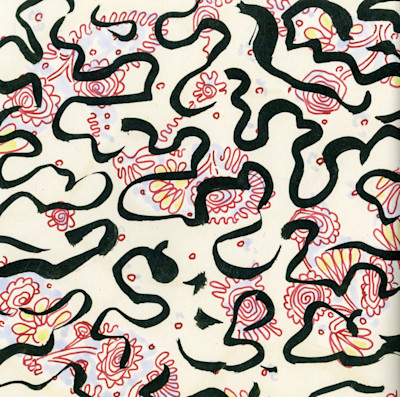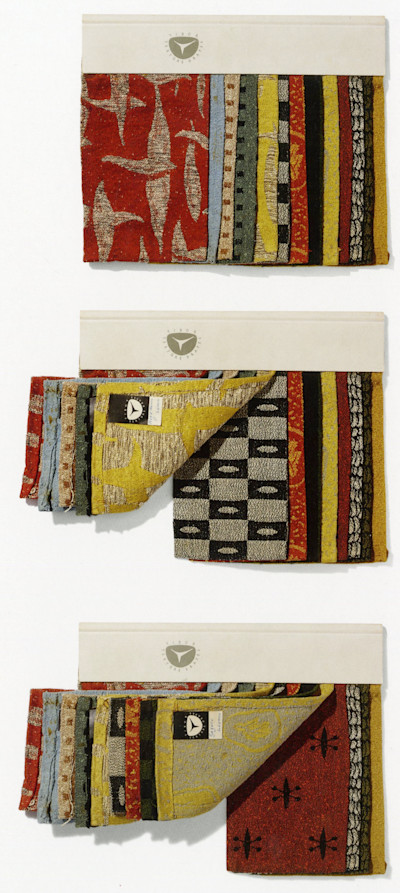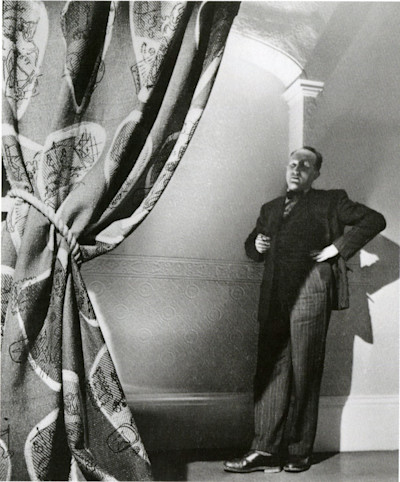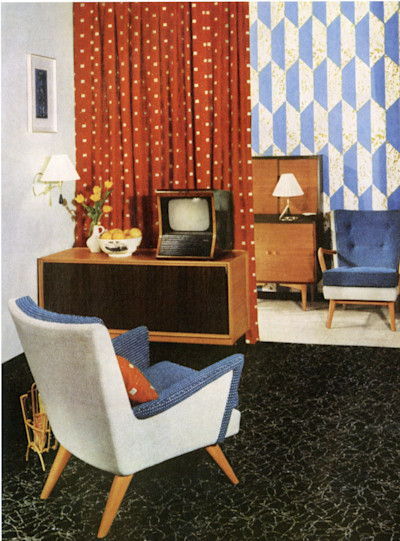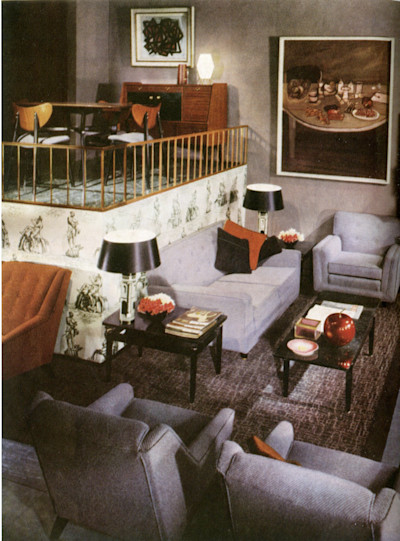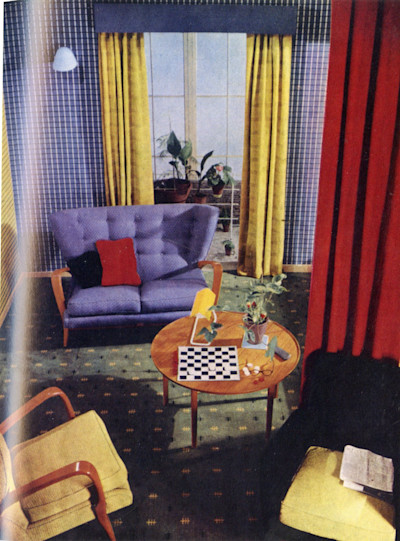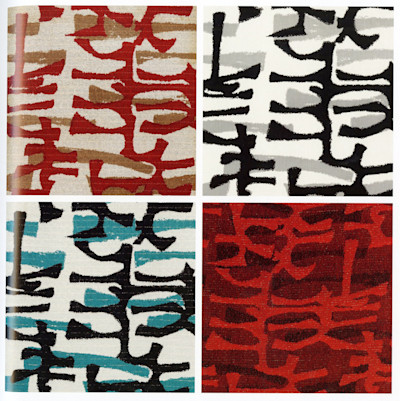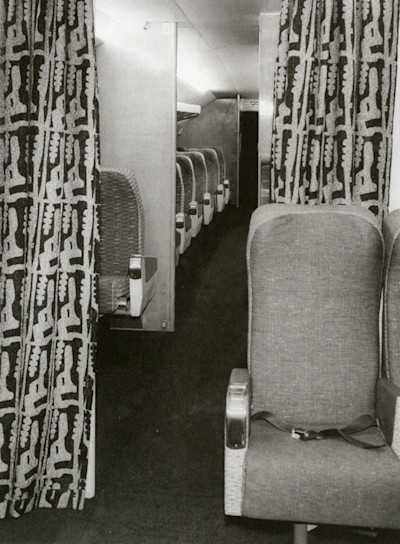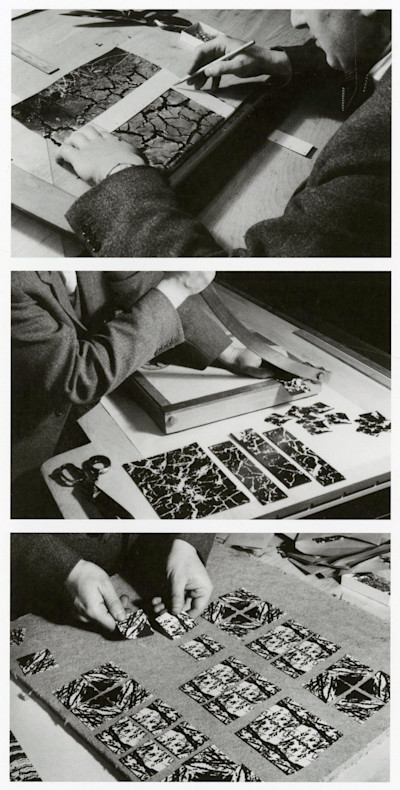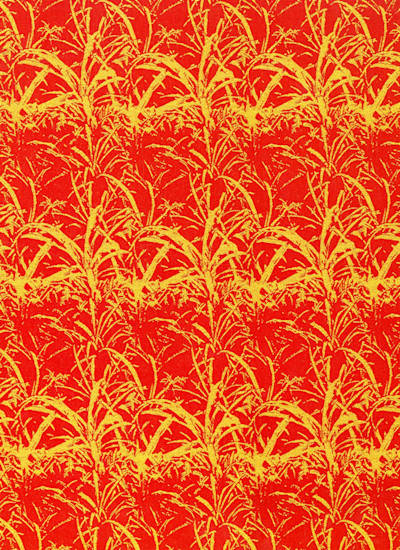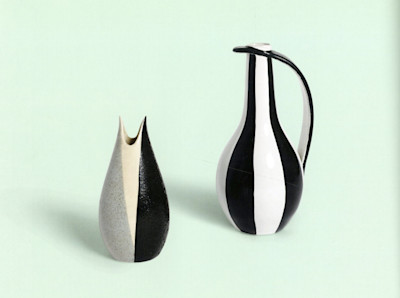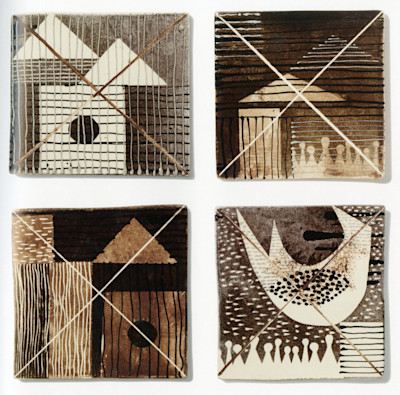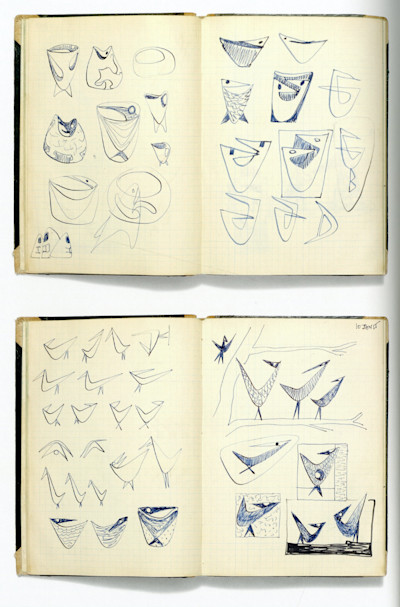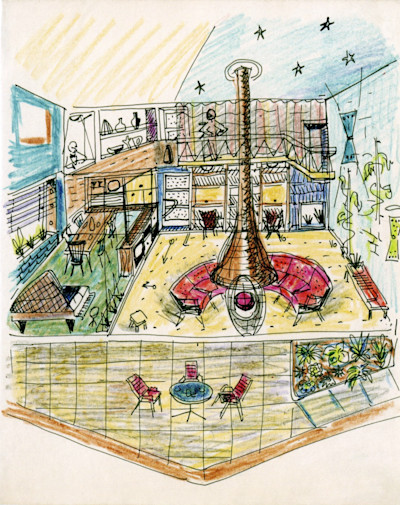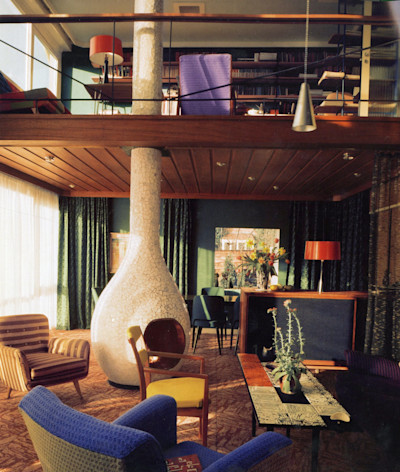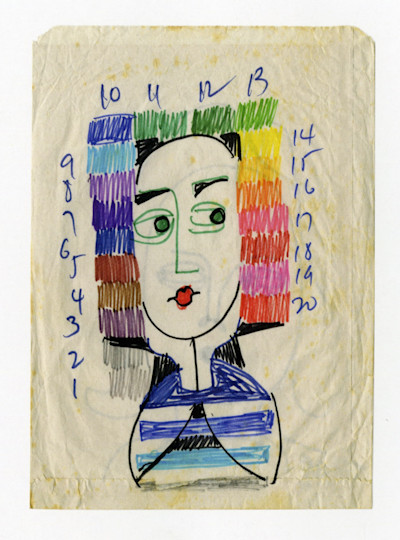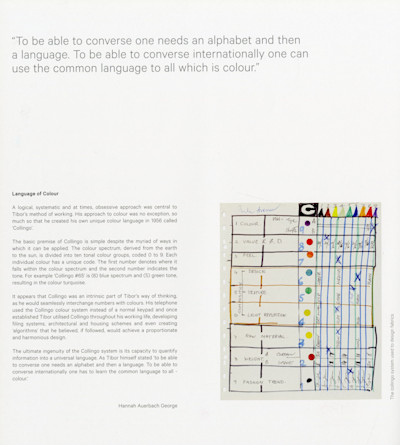Tibor Reich
During a visit to one of England’s most prolific textile designers, we find a collection of work rooted in quirky family history and a wild child-like imagination.
10.17.2019

It is an overwhelming thing to observe the physical manifestations of one person’s life’s work all at once; that is, to hold in your hands a piece of who this person was and what they chose to leave behind. This is what I kept thinking as I pulled neatly stuffed cardboard boxes down from a long wall of shelves in a small south London studio. It was a rare sun-bleached afternoon and I’d ventured an hour by train to see the archive of Tibor Reich, a creative savant who wove the backbone of England’s textile identity during the mid-twentieth century. It was that afternoon when it became clear to me that Tibor’s life’s purpose wasn’t to produce for production’s sake, but to impart on the world a record of what living felt like. The fabrics and ceramics and drawings he created were just a byproduct of that sincere quest.
Tibor’s potent imagination was sparked in the countryside of Hungary, where he was born in 1916. He studied in Vienna at the seat of the Bauhaus school, and brought an inspired way of thinking to a grey and rigid England in the late 1930s. It was in England where he eventually founded his fabric company, Tibor Limited, and where he came to produce a vast amount of work for people and places of all kinds (i.e. for the Queen, for airplanes, for vinyl flooring companies...). He developed new techniques for photo manipulation as inspiration for textile repeats. He built an incredible homestead in the Warwickshire countryside as his family grew (and produced an incredible array of Christmas cards along the way). He created his own colour-coding language, because, of course he did. By taking in all of the sights and experiences the world could offer, Tibor produced a world of his own. Here are some of our favourite pieces. The images included here are sourced from a book about Tibor and his life, Tibor Reich: Art of Colour & Texture.

